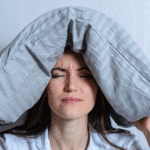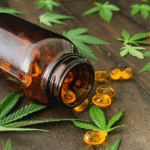
Beauty Nutrition: U.S. Market Brief
With the pandemic continuing, beauty nutrition has gained momentum as consumers explore new areas of beauty centered around improving health and wellness. Companies, both in the beauty and wellness realms, are presenting consumers with a multitude of options such as drinks, powders, and capsules designed to nourish skin, hair, and nails from the inside out.




